Hi everyone,
Today I will take you to the province of Udine to discover a spectacular place surrounded by nature: the Quadris Oasis. It is a real paradise at the service of endangered species.
The association is an ONLUS volunteer project that aims to work mainly on two fronts:
- Reintegrate the white stork in the eastern extremity of the Po-Venetian plain;
- Safeguarding the northern bald ibis, a species now in a serious phase of extinction.
The visit consists of a walk immersed in a sweet and green environment where, here and there, there are small spots where it is possible to observe animals in their daily life.
The path is made up of narrow streets and hills, with an eye to the local flora and with a slightly wild charm.
At a certain point, along the walk, one encounters a watery environment of enormous dimensions. This is the artificial reconstruction, for educational and experimental purposes, of a peat bog, similar or at least similar to those still existing in the territory of the hills north of Udine. This is the result of the evolution of a marshy wetland area, which originated several thousand years ago as a result of the great extension of glaciers, which no longer exist today.
Some ecologically quite demanding botanical species typically grow on the peat layers, among which some stand out that can be defined as real “glacial relics”, such as the Farinosa Primula (with beautiful purple flowers) and Tofieldia. Most of the plant species come from nurseries managed by the Friuli Venezia Giulia region, while others were then spread by seed.
In addition to the botanical ones, the peat bog areas are also home to some animal species: moths such as Lycaena dispar and dragonflies such as Nehellania speciosa.
The hermit ibis is a medium-large bird, about 70-80 cm long, with a wingspan of about 125 cm and a weight between 1 and 1.5 kg.
Its plumage is jet black, with metallic reflections of green, violet and bronze. A tuft can also be seen on the nape.
The adult has a nude head and throat of a flesh-colored-reddish color. The red beak is very long (at least 3 times the head) and slightly curved.
The young specimens, on the other hand, have black-brown plumage, a gray-blackish beak and rather sparse whitish-gray feathers on the whole head.
The hermit ibis speciments nest in colonies and are mainly monogamous. Both partners take care of the construction of the nest, brooding and rearing the chicks. The eggs are usually 2-6 and bluish in color. A little ibis learns to fly after about 45-50 days of life.
Ibises feed mainly on small reptiles, worms, earthworms, larvae and insects that they capture by probing the ground with the long beak used as a probe. If necessary, they also eat small mammals, birds, snails, spiders and scorpions.
At one time, the ibis was found practically throughout North Africa and the Middle East, as well as in the mountain areas and cliffs of southern Europe, but also in Switzerland, Austria and Germany. Around 1700, however, the species started towards a slow and inexorable decline which caused its disappearance. Currently, the only free colony is in Morocco, with a total of about 600 specimens, and the last migratory hermit ibis became extinct in Syria in 2015.
The white stork is a very elegant animal with a length of 100-115 cm, a wingspan of 170 cm and a weight of around 4 kg.
Its white plumage with black flight feathers and scapulars and long red beak and legs are unmistakable elements.
Depending on the age, the color of the beak can change: in the first months it is gray, then it becomes red. Furthermore, young people have black ends.
In the months of March and April, the parents prepare a very large nest, more than 1 meter wide, in which the female lays about 3-4 eggs, which are hatched for 35 days by both parents. Chicks learn to fly only after 70 days of life.
The way in which white storks communicate is very particular: it consists in a repeated beating of the beak, called bill-clattering.
The white stork has no particular dietary needs, because it adapts to any food, depending on where it is found. It mainly feeds on grasshoppers, earthworms, fish, rodents, marsh invertebrates and frogs, sometimes adding seeds, berries and lizards.
It is a declining animal in northern and western Europe, but very common in southern and eastern Europe.
The white stork nests in tall trees, towers, chimneys, telephone poles and power lines.
Speaking of storks, do you know where the belief that “storks carry babies” came from?
In Germany, a medieval legend tells us that storks collect the souls of the dead that fall from the sky with the rain to infuse them with the body of the newborns to be delivered to their legitimate parents.
According to another ancient story, however, newborns would stay among the clouds, where the drops of water mix in the thousand colors of the rainbow. The big white birds would fly up there to grab the little humans!
Still others believe that this delightful long-beaked animal manages to fish for babies in ponds and swamps by extracting them directly from the womb of mother earth.
There is also another interesting aspect about the myth of the stork. It was born among the central European populations but is based on a small error. In fact, once upon a time, when a child was born, the fireplace was lit at home for several hours during the day to warm the environment and make it suitable for the baby. If this happened in spring, the storks, on their return from Africa, looking for the most suitable place to nest, settled on the warmest chimney and therefore in that of the baby's home. So, actually, it is the children who bring the storks and not the other way around!
In the Quadris Oasis you can also find animal species that live on the water: it is not difficult, in fact, to have a face-to-face encounter with a duck such as mallard or teal.
The mallard is a duck with a long beak, large head, short orange legs and short tail.
The adult male is gray with an iridescent green head bordered by a thin white collar, chest is brown and the beak is yellow-green.
The female, on the other hand, is mottled and streaked with brown and cream, an olive or brown beak with dull orange markings.
This species feeds in shallow water by dipping its head into the water or by standing upright by immersing only the trunk. The diet is varied and includes small animals (such as molluscs, crustaceans and insects) and aquatic plants of which it eats leaves, seeds and roots.
The mallard is a migratory and sedentary species and in Europe it is common up to the arctic areas. It winters further south to northern Africa.
This animal reproduces in parks, city canals, lakes, wooded swamps and sea coasts.
The teal is a small duck with dark legs and beak.
The male has a brown neck and head, with a characteristic dark green bandage delimited by a thin cream yellow stripe, a gray body barred with black and white and a black back with two triangular cream colored spots on the sides.
The female, on the other hand, is brown mottled with gray and has a characteristic light stripe on the side of the tail.
In spring and summer, this species mainly feeds on molluscs, worms and marine invertebrates. In winter, however, the diet becomes more vegetarian and consists of seeds of aquatic plants, grass and cereals.
The teal duck is migratory, locally sedentary and is found in North America and Eurasia.
European breeders overwinter in the south, up to central Africa.
They breed in lakes and forest ponds, taiga swamps, estuaries and sea coasts.
The visit to the Quadris Oasis made me understand the importance of preserving endangered animal and plant species to allow greater biodiversity and a better future for our ecosystem. This visit was also useful for learning several curiosities about animals that I knew very little about.
Finally, I find this project to be a great idea to spend an alternative afternoon immersed in nature and I would like to recommend it to everyone, children and adults.
I hope you enjoyed this report. I would be very pleased to know if, even near where you live, there are realities similar to this!
Thanks for reading! See you next time.
Delilha
ITA
Ciao a tutti,
Oggi vi porto in provincia di Udine a scoprire un luogo spettacolare immerso nella natura: l’Oasi dei Quadris. Si tratta di un vero e proprio paradiso al servizio delle specie in via d’estinzione.
L’associazione è un progetto di volontariato ONLUS che si propone di lavorare principalmente su sue fronti:
- Reintegrare la cicogna bianca nell’estremità orientale della pianura padano-veneta;
- Salvaguardare l’ibis eremita, una specie ormai in grave fase di estinzione.
La visita consiste in una passeggiata immersi in un ambiente dolce e verde, dove qua e là si trovano piccoli centri dove è possibile osservare gli animali nella loro vita quotidiana.
Il percorso è composto da stradine, viottoli e colli, con un occhio di riguardo alla flora locale e con un fascino un po’ selvaggio.
A un certo punto, lungo la passeggiata, si incontra un ambiente acquoso di enormi dimensioni. Si tratta della ricostruzione artificiale, a scopo didattico e sperimentale, di una torbiera, analoga o quanto meno simile, a quelle ancora esistenti nel territorio delle colline a nord di Udine. Si tratta del risultato dell’evoluzione di una zona umida palustre, originatesi parecchie migliaia di anni fa per effetto della grande estensione di ghiacciai, oggi non più esistenti.
Sugli strati di torba crescono tipicamente alcune specie botaniche ecologicamente piuttosto esigenti, tra le quali spiccano alcune che possono essere definite veri e propri “relitti glaciali”, come la Farinosa Primula (con dei bellissimi fiori viola) e la Tofieldia. La maggior parte delle specie vegetali sono provenienti dai vivai gestiti dalla regione Friuli Venezia-Giulia, mentre altre sono poi state diffuse per seme.
Oltre a quelle botaniche, le zone di torbiera ospitano anche alcune specie animali: lepidotteri come Lycaena dispar e libellule come Nehellania speciosa.
L’ibis eremita è un uccello di dimensioni medio-grandi, lungo circa 70-80 cm, con apertura alare di circa 125 cm e peso tra 1 e 1,5 kg.
Il suo piumaggio è nero corvino, con riflessi metallici di colore verde, violetto e bronzeo. Sulla nuca si può vedere anche un ciuffo.
L’adulto ha testa e gola nude di colore carnicino-rossiccio. Il becco, di colore rosso, è molto lungo (almeno 3 volte la testa) e leggermente ricurvo.
Gli esemplari giovani, invece, hanno piumaggio nero-marrone, becco grigio-nerastro e piume piuttosto rade di colore grigio-biancastro su tutta la testa.
Gli esemplari di ibis eremita nidificano in colonie e sono principalmente monogami. Entrambi i partner si occupano della costruzione del nido, della cova e dell’allevamento dei piccoli.
Le uova sono solitamente 2-6 e di colore azzurrognolo. Un piccolo ibis impara a volare dopo circa 45-50 giorni di vita.
Gli ibis si nutrono principalmente di piccoli rettili, vermi, lombrichi, larve e insetti che catturano scandagliando il terreno con il lungo becco utilizzato a mo’ di sonda. All’occorrenza mangiano anche piccoli mammiferi, uccelli, lumache, ragni e scorpioni.
Un tempo l’ibis si trovava praticamente in tutto il Nordafrica e il Medio Oriente, oltre che nelle aree montane e nelle scogliere dell’Europa meridionale, ma anche in Svizzera, Austria e Germania. Attorno al 1700, però, la specie si avviò verso un lento e inesorabile declino che ne causò la sparizione. Attualmente l’unica colonia libera si trova in Marocco, per un totale di circa 600 esemplari, e gli ultimi ibis eremita migratori si sono estinti in Siria nel 2015.
La cicogna bianca è un animale molto elegante con lunghezza di 100-115 cm, apertura alare di 170 cm e peso intorno ai 4 kg.
Il suo piumaggio bianco con le remiganti e le scapolari nere e il lungo becco e le zampe rossi sono elementi inconfondibili.
In base all’età il colore del becco può cambiare: nei primi mesi è grigio, poi diventa rosso. Inoltre, i giovani hanno l’estremità nera.
Nei mesi di marzo e aprile, i genitori preparano un nido molto grande, largo più di 1 metro, in cui la femmina depone circa 3-4 uova, che vengono covate per 35 giorni da entrambi i genitori. I pulcini imparano a volare solo dopo 70 giorni di vita.
Molto particolare è il modo in cui le cicogne bianche comunicano: esso consiste in un battito ripetuto del becco, chiamato bill-clattering.
La cicogna bianca non ha particolari esigenze alimentari, perché si adatta a qualunque cibo, a seconda del luogo in cui si trova. In prevalenza si nutre di cavallette, lombrichi, pesci, roditori, invertebrati palustri e rane, aggiungendo a volte semi, bacche e lucertole.
È un animale in calo nell’Europa settentrionale e occidentale, ma molto comune nell’Europa meridionale e orientale.
La cicogna bianca nidifica su alti alberi, torri, camini, pali telefonici e della rete elettrica.
A proposito di cicogne, sapete da dove è nata la credenza che “le cicogne portano i bambini”?
In Germania, una leggenda medievale ci racconta che le cicogne raccolgano le anime dei morti che cadono dal cielo con la pioggia per infonderle nel corpo dei neonati da consegnare poi ai legittimi genitori.
Secondo un’altra antica storia, invece, i neonati se ne starebbero fra le nuvole, là dove le gocce d’acqua si mescolano nei mille colori dell’arcobaleno. I grandi uccelli bianchi volerebbero fin lassù per afferrare i piccoli umani!
Altri ancora credono che questo delizioso animale dal lungo becco riesca a pescare i bimbi in acquitrini, stagni e paludi estraendoli direttamente dal ventre della madre terra.
C’è anche un altro aspetto interessante sul mito della cicogna. Esso nasce presso le popolazioni centro-europee ma si basa su un piccolo errore. Infatti, una volta, quando nasceva un bambino, in casa si accendeva il camino per più ore durante la giornata per scaldare l’ambiente e renderlo idoneo al piccolo nascituro. Se questo accadeva in primavera, le cicogne, al ritorno dall’Africa, cercando il luogo più adatto per nidificare, si stabilivano sul comignolo più caldo e quindi in quello della casa del neonato. Quindi, casomai, sono i bambini a portare le cicogne e non il contrario!
Nell’Oasi dei Quadris si possono trovare anche delle specie animali che vivono sull’acqua: non è difficile, infatti, fare un incontro faccia-a-faccia con un’anatra come germano reale o alzavola.
Il germano reale è un’anatra con becco lungo, testa larga, zampe corte e arancioni e coda corta.
Il maschio adulto è grigio con testa verde iridescente delimitata da un sottile collare bianco, petto è marrone e il becco giallo-verde.
La femmina, invece, è chiazzata e striata di marrone e crema, becco color oliva o marrone con segni arancio opachi.
Questa specie si alimenta in acque poco profonde tuffando il capo in acqua o stando in posizione verticale immergendo solo il tronco. La dieta è varia e comprende piccoli animali (come molluschi, crostacei e insetti) e piante acquatiche delle quali mangia foglie, semi e radici.
Il germano reale è una specie migratrice e sedentaria e in Europa è comune fino alle zone artiche. Sverna più a sud fino all’Africa settentrionale.
Questo animale si riproduce in parchi, canali delle città, laghi, paludi boscate e litorali marini.
L’alzavola è una piccola anatra con zampe e becco scuri.
Il maschio presenta collo e capo castani, con una caratteristica benda verde scura delimitata da una sottile striscia giallo crema, corpo grigio barrato di bianco e nero e posteriore nero con due macchie triangolari color crema sui lati.
La femmina, invece, è di color bruno chiazzato di grigio e presenta una caratteristica striscia chiara sul lato della coda.
In primavera ed estate, questa specie di nutre principalmente di molluschi, vermi e invertebrati marini. D’inverno, invece, la dieta diventa più vegetariana e consiste di semi di piante acquatiche, erba e cereali.
L’anatra alzavola è migratrice, localmente sedentaria e si trova in America settentrionale e in Eurasia.
I riproduttori europei svernano a sud, fino all’Africa centrale.
Si riproducono presso laghi e stagni nelle foreste, paludi della taiga, estuari e coste marine.
La visita all’Oasi dei Quadris mi ha fatto capire l’importanza di preservare specie animali e vegetali a rischio d’estinzione per consentire una maggiore biodiversità e un futuro migliore per il nostro ecosistema. Questa visita è stata utile anche per imparare diverse curiosità su animali di cui sapevo davvero poco.
Infine, trovo che questo progetto sia una bellissima idea per passare un pomeriggio alternativo immersi nella natura e mi sentirei di consigliarlo a tutti, bambini e adulti.
Spero vi sia piaciuto questo reportage. Mi farebbe molto piacere sapere se, anche vicino a dove abitate voi, ci siano delle realtà simili a questa!
Grazie per aver letto! Alla prossima.
Delilha
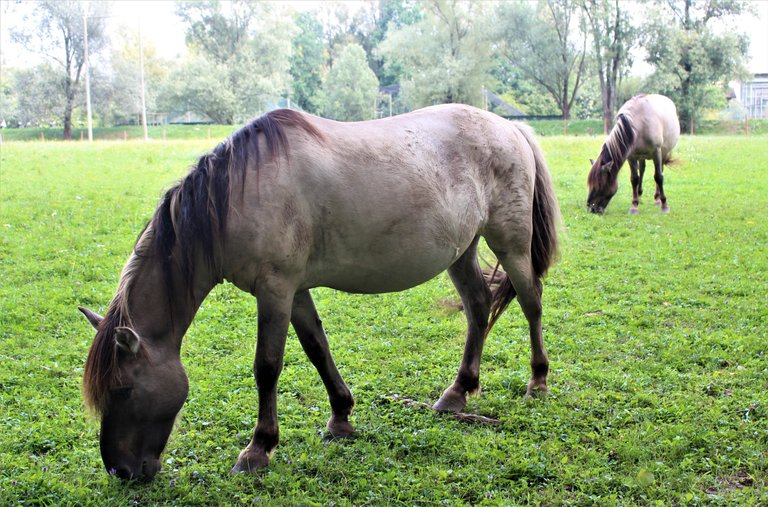

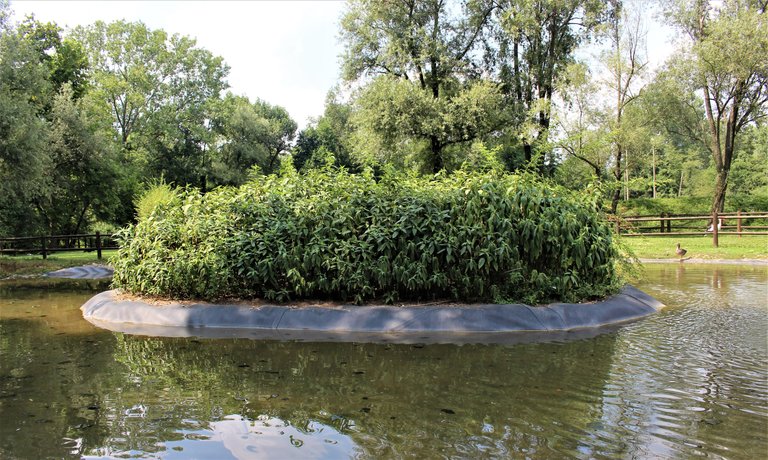
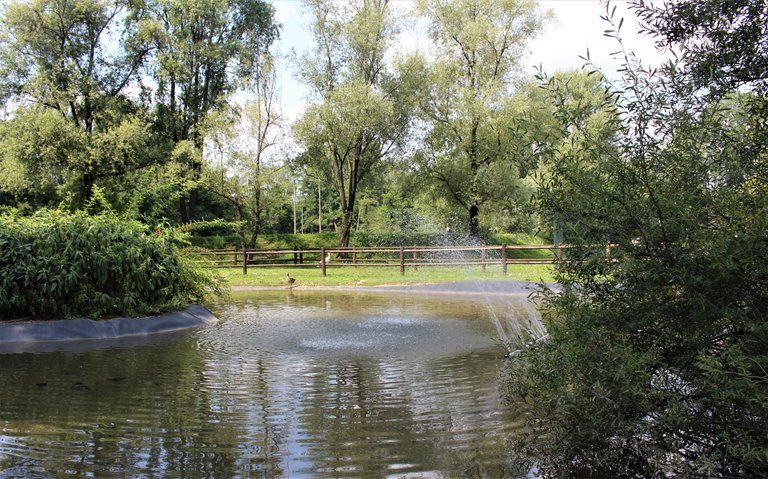
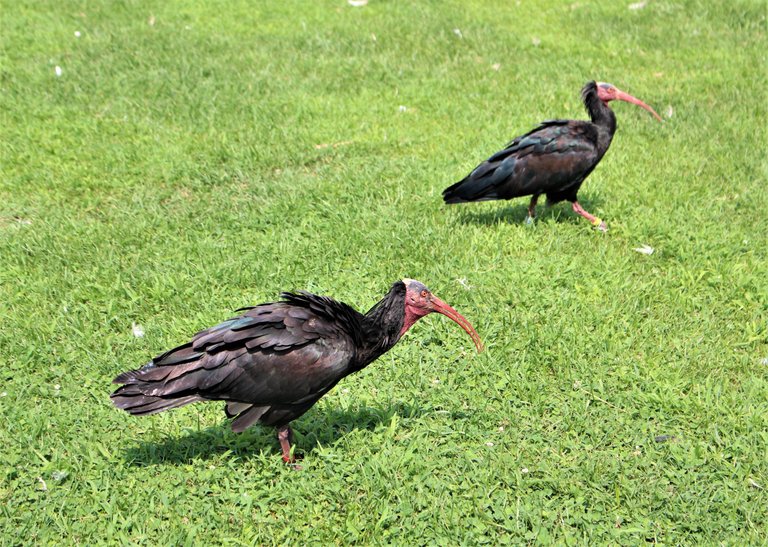
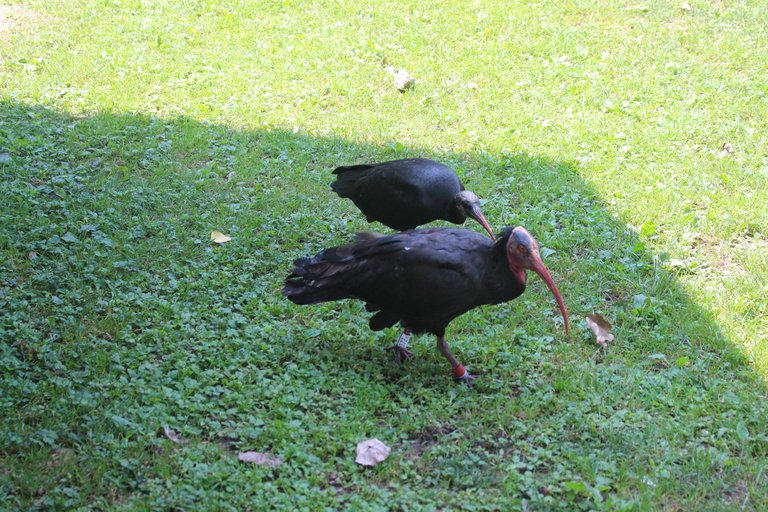
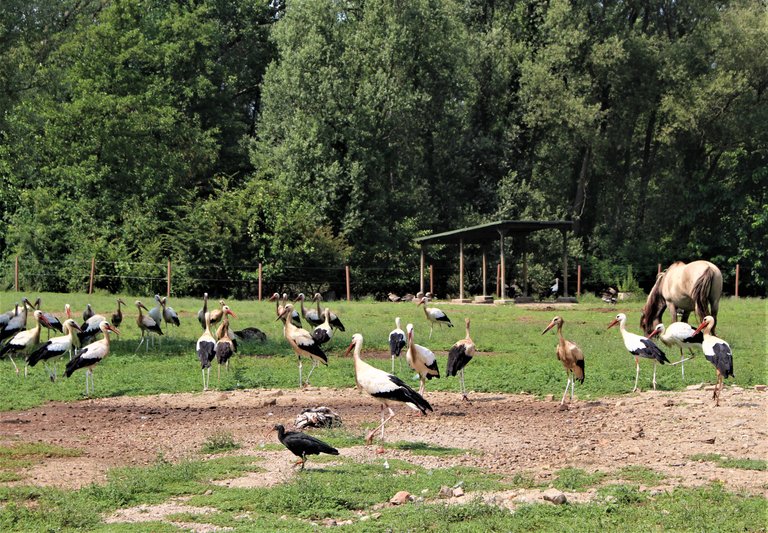

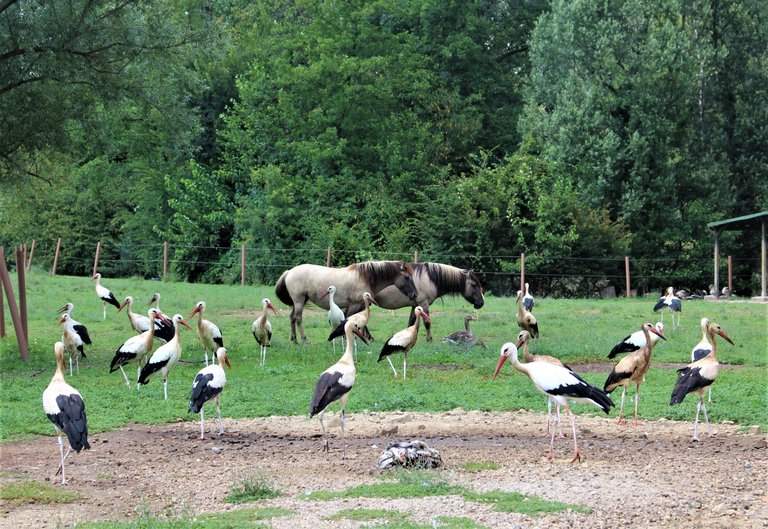
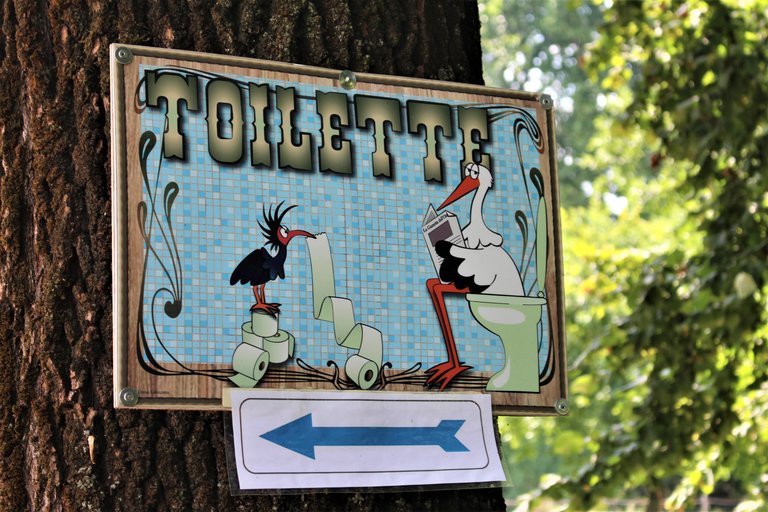
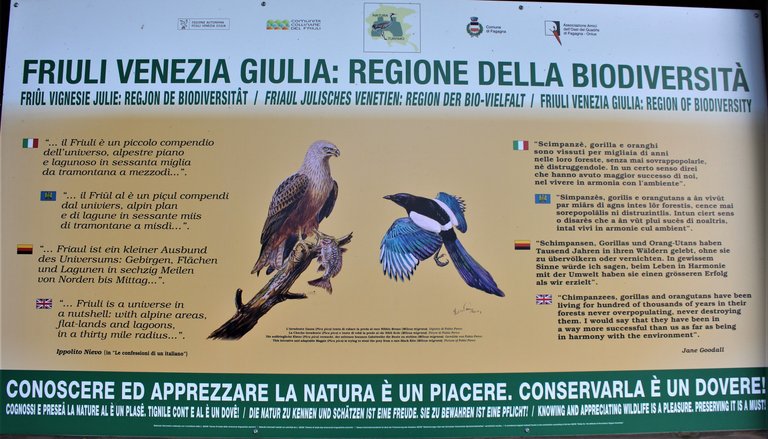
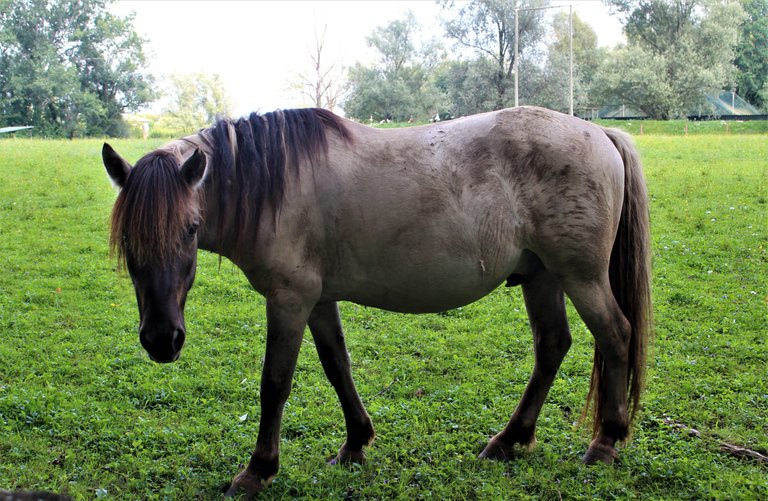
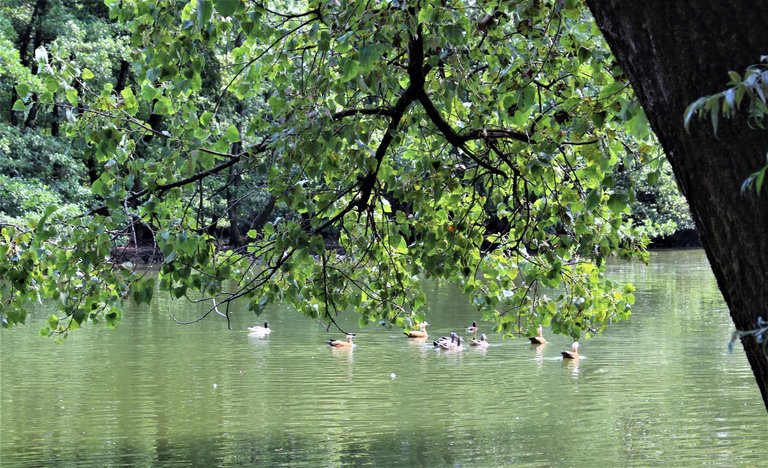
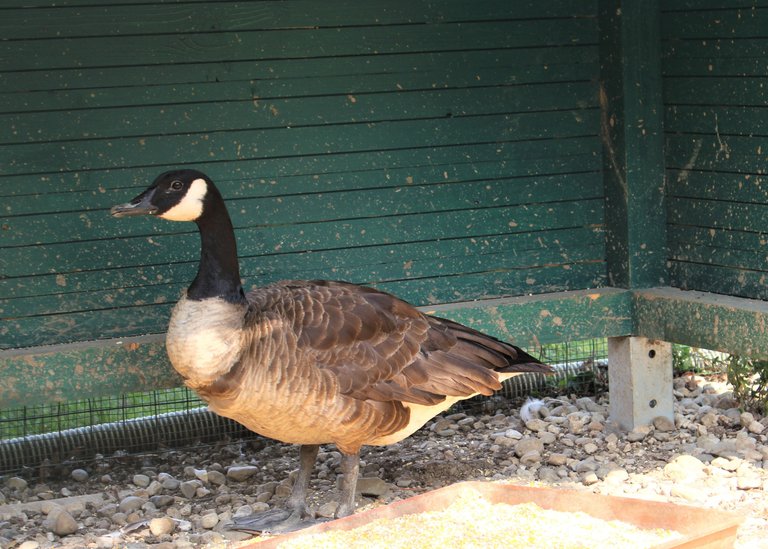

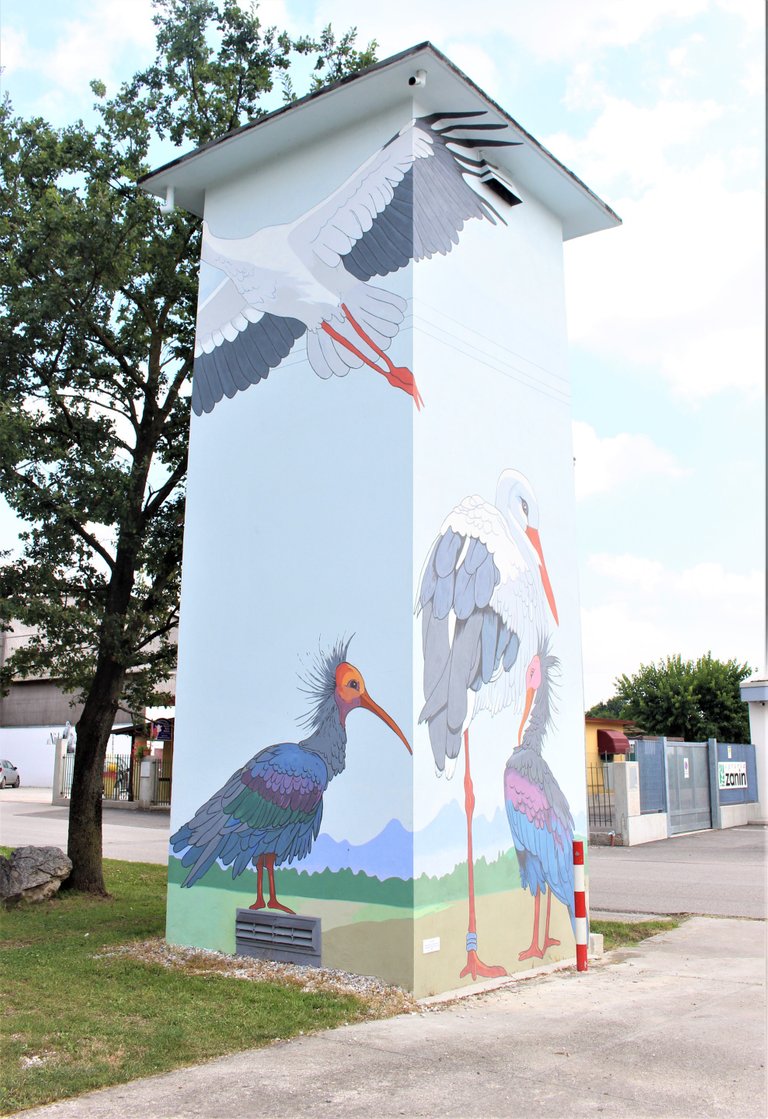
Troppo bellini gli ibis!
!discovery45
Grazie mille ❤️
Io onestamente "bellini" non lo userei proprio come termine, diciamo che ci sono animali più pucciosi e la bellezza non è il loro forte 🤣 però hanno un loro fascino!
@tipu curate
Upvoted 👌 (Mana: 30/40) Liquid rewards.
Grazie mille per il supporto 😊
@delilhavores Ho intravisto il tuo post ma non avevo il tempo di commentare e quindi ti ho dato un tipu sulla fiducia ma sapevo che sarebbe stato meritato...infatti i tuoi post sono sempre belli, curati e soprattutto interessanti
Ecco questa spiegazione sulle origini del mito delle cicogne mi mancava e quindi grazie.
Le oasi sono posti bellissimi che piacciono tanto anche a me e quindi ancora grazie della condivisione
!BEER
Che onore! Grazie ahah 😊
Eh già, sono proprio dei luoghi belli per passare delle giornate alternative in mezzo alla natura. Avresti qualcuna da consigliarmi?
Grazie per essere passato, a presto 😊
@delilhavores Tempo fa ho condiviso la mia visita ad un'Oasi che mi è piaciuta molto:
Se ti fa piacere puoi dargli un'occhiata nel caso potrebbe interessarti visitarla in futuro:
!BEER
Che bello, ci do un'occhiata con piacere :)
View or trade
BEER.Hey @delilhavores, here is a little bit of
BEERfrom @libertycrypto27 for you. Enjoy it!Learn how to earn FREE BEER each day by staking your
BEER.View or trade
BEER.Hey @delilhavores, here is a little bit of
BEERfrom @libertycrypto27 for you. Enjoy it!Learn how to earn FREE BEER each day by staking your
BEER.Hiya, @lizanomadsoul here, just swinging by to let you know that this post made it into our Honorable Mentions in Daily Travel Digest #992.
Your post has been manually curated by the @pinmapple team. If you like what we're doing, please drop by to check out all the rest of today's great posts and consider supporting other authors like yourself and us so we can keep the project going!
Become part of our travel community:
Thanks a lot!! I'm really happy that you appreciated my post 😊
Hi, I just came from seeing you on the @OCD report
I enjoyed the walk and your report very much, especially the stories related to the myth of the storks, as not to do so if it is world-renowned culture.
I always enjoy and admire seeing how in other countries so much importance and protection is given to animals. There is still hope in humanity.
Thank you very much for the kind words 😍 I really appreciate your support and I'm glad that you liked my post! I agree with you, there's still hope in humanity, there are a lot of people who really care about our ecosystem 😊 I wish you a beautiful day, thanks for passing by on my blog ❤
It was a pleasure to pass by. Have a beautiful day too.
Congratulations, your post has been added to Pinmapple! 🎉🥳🍍
Did you know every user has their own profile map?
And so does every post as well!
Want to have your post on the map too?
Thank you Pinmapple 😊
Congratulations @delilhavores! You have completed the following achievement on the Hive blockchain and have been rewarded with new badge(s) :
You can view your badges on your board and compare yourself to others in the Ranking
If you no longer want to receive notifications, reply to this comment with the word
STOPDo not miss the last post from @hivebuzz:
😊😊😊